However, education experts and parents say that not being integrated can put children at a disadvantage both academically and emotionally.
Discriminatory model
Terri Joyce believes her son deserves to be in a mixed kindergarten class. At age 4, he happily attended a daycare program for typically developing children without any support.
Like other children his age, Joyce’s son, who has Down syndrome, has learned to draw and enjoys sitting on the carpet listening to his teacher read books. His speech delay has not prevented him from making friends and playing with children of different abilities. In the summer, he has been in the same program all day and often greets his mother with a big smile when school is over.
But when Joyce met with district administrators before kindergarten, she was told her son would have to attend a class for students with disabilities only. “They absolutely refused to consider inclusion,” she said. “They said my son needed specialized instruction.” But Joyce said the separate class discouraged her son.
Under federal law, students with disabilities—who once faced outright exclusion from public schools—have the right to be educated alongside nondisabled peers “to the maximum extent” possible. That includes the right to support and assistance.
From there, they can continue their education in a general education classroom. According to federal data, most New Jersey students with disabilities are not integrated with other children, spending most of their day in separate classrooms.
Many parents say children with disabilities have little access to the general curriculum. Only 49 percent of 6- and 7-year-olds with disabilities in the state spend the majority of their day in general education classrooms. In some New Jersey districts, the rate is as low as 10 percent for younger students.
Overall, about 45% of students with disabilities of all ages are primarily in general education classrooms, compared with 68% nationally. For more than three decades, the state has faced lawsuits and federal scrutiny for a model that is said to unnecessarily discriminate against students with disabilities.
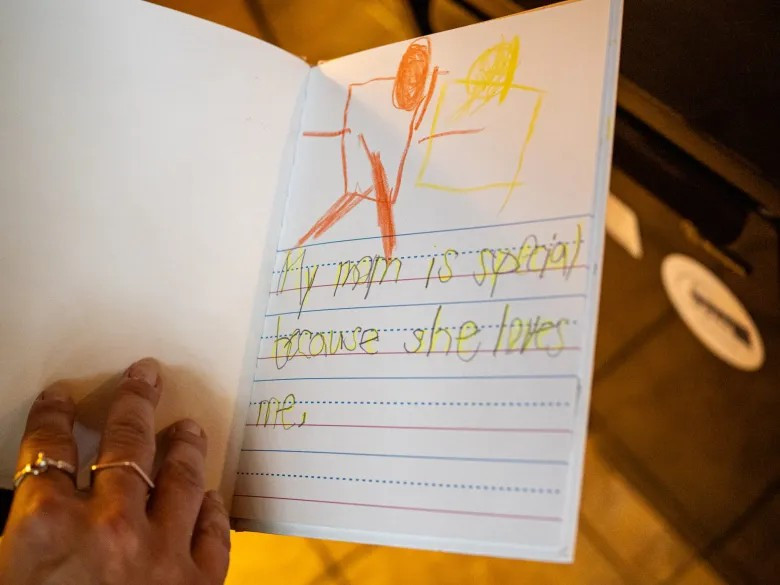
Right to inclusion
Surrounded primarily by children with communication difficulties, Terri Joyce’s son’s speech development was limited. He was not exposed to what his peers were learning in general education classes, such as science and social studies.
Joyce tried mediation with Cinnaminson County, but was unsuccessful. Eventually, the parent hired an attorney, filed a request for due process with the state, and was successful in getting her son placed in a mixed classroom the following year.
New Jersey is known nationally as a leader in public education. Yet the state’s system of governance has led to varying rates of integration from district to district. “The biggest barrier is mindset. There are educators, parents, administrators and doctors who truly believe that segregation is better for children with and without disabilities.
With more than 600 districts, local control makes change more difficult,” said Michele Gardner, CEO of All In for Inclusive Education and formerly an administrator for 15 years in the Berkeley Heights district.
Experts say that including students with disabilities in mainstream education is easy. It is also considered to bring great benefits. Many studies have shown that students with disabilities and normal students, especially young children, can benefit from inclusion.
Young children also learn by watching each other. Meanwhile, parents worry that rejecting students with disabilities can cause lasting academic and emotional harm. Worldwide , inclusion is considered a human right that helps all children develop compassion and prepare them for society.
Parents in New Jersey say that, too often, young students are placed in separate classes based on their diagnosis, rather than being assessed to see what support they actually need. “We see a trend where even at a younger age, students are being placed in segregated schools and never really getting into the inclusive experience,” said Christine Ashby, a special education professor at Syracuse University.
These students then tend to be placed in separate, self-contained classrooms, where they may receive individualized instruction alongside their disabled peers, but may be less prepared for life after high school.
For Terri Joyce, the fight to get her son into mainstream education has been worth it. It took time for him to adjust. But with the help of a tutor, he has settled in and is now in first grade, thriving alongside his classmates. “My son’s speech has improved. He enjoys school. He has friends and is invited to birthday parties,” the parent said.
In this context, the New Jersey Department of Education said it is working with schools across the state to improve the frequency of inclusion of students with disabilities in general education classrooms through training, technical assistance and inclusion promotion programs.
“All placement decisions must be made on an individual basis. There is no one standard or outcome that applies to every district, school or student,” said Laura Fredrick, the department’s communications director.
Districts that fail to meet the state’s integration goals could face increased scrutiny, Fredrick said. In Cinnaminson, schools said they would make decisions about class placement with parents.
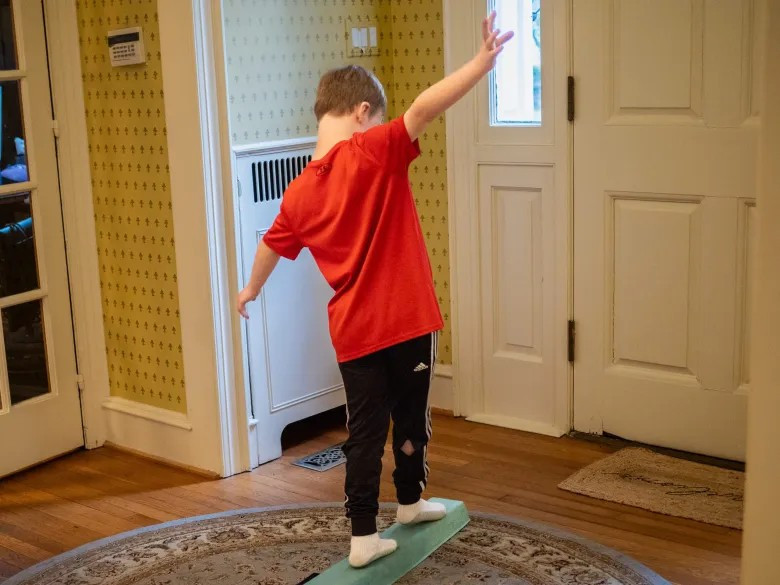
“We do our best to place students in general education classes so they can have the most comprehensive educational experience,” said Cinnaminson Township Public Schools Superintendent Stephen Cappello.
Most students with disabilities do not need very intensive forms of instruction, according to Vanderbilt University special education professor Douglas Fuchs. Educators say it is possible to provide intensive instruction without having to separate children for large periods of time.
“Do we have to isolate young people to provide them with a service, or can we bring them in and provide the same service or better service? We believe that it is possible to integrate children,” said Teaneck Public Schools Superintendent André Spencer.
For Terri Joyce's son, being in a mainstream classroom meant he had access to a general education curriculum, including social studies. The civics lessons inspired him.
“My son is very interested in learning about Martin Luther King. He still sits for hours and watches videos of his speeches on YouTube,” said his parent, Joyce.
Like other students with disabilities, Joyce’s son must undergo annual assessments, meaning his inclusion in the mainstream classroom is not guaranteed for years to come. But Joyce’s efforts to integrate her son are not just academic.
He joined the football team, rode the school bus. Other kids recognized him and said hello at the grocery store. “It was a much bigger benefit than just learning and being involved in class. Being involved in school meant my child was more involved in life, in the community, and was more valued,” the parent said.
Some studies have shown that even students with severe disabilities can learn alongside their general education classmates with the help of teachers or paraprofessionals. Inclusion does not harm either typical or disabled children. Meanwhile, many experts point out that a separate classroom environment may be appropriate for some children. However, children may stagnate without intensive support in the general education classroom.
Source: https://giaoducthoidai.vn/xoa-bo-rao-can-post737204.html



![[Photo] Unique architecture of the deepest metro station in France](https://vphoto.vietnam.vn/thumb/1200x675/vietnam/resource/IMAGE/2025/11/14/1763107592365_ga-sau-nhat-nuoc-phap-duy-1-6403-jpg.webp)
![[Photo] Unique art of painting Tuong masks](https://vphoto.vietnam.vn/thumb/1200x675/vietnam/resource/IMAGE/2025/11/14/1763094089301_ndo_br_1-jpg.webp)











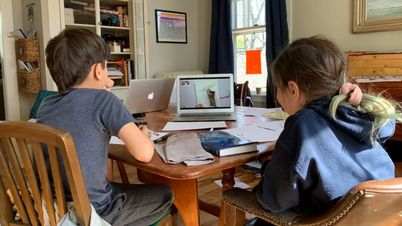













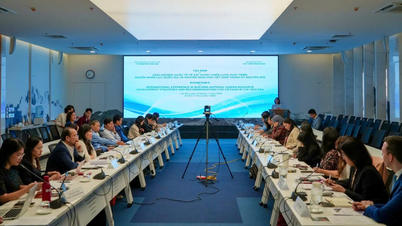




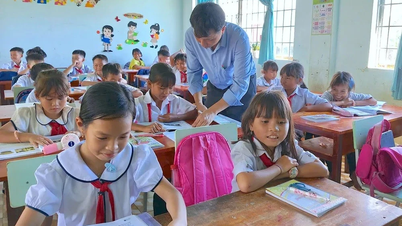

![[Photo] Special class in Tra Linh](https://vphoto.vietnam.vn/thumb/1200x675/vietnam/resource/IMAGE/2025/11/14/1763078485441_ndo_br_lop-hoc-7-jpg.webp)

















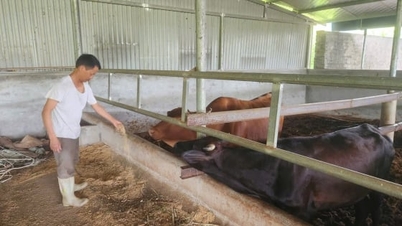























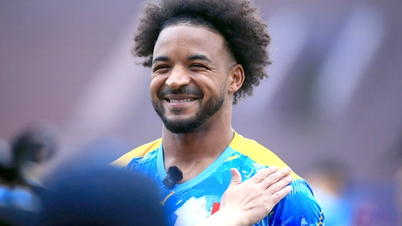






























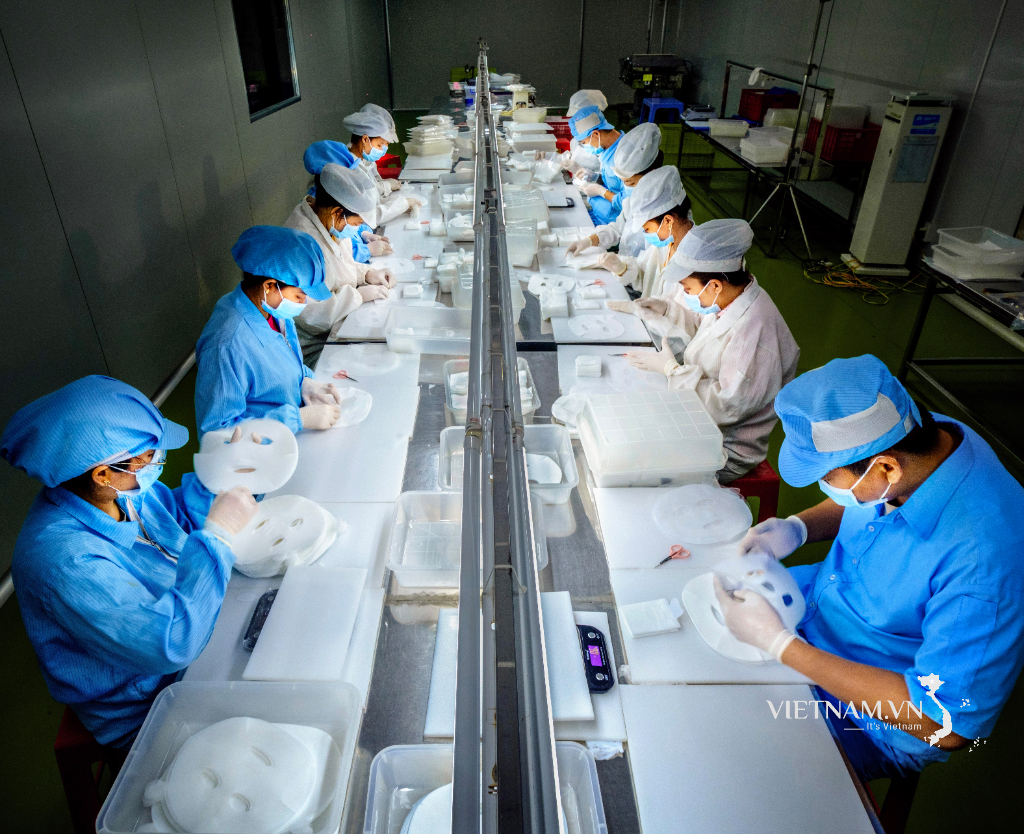
Comment (0)